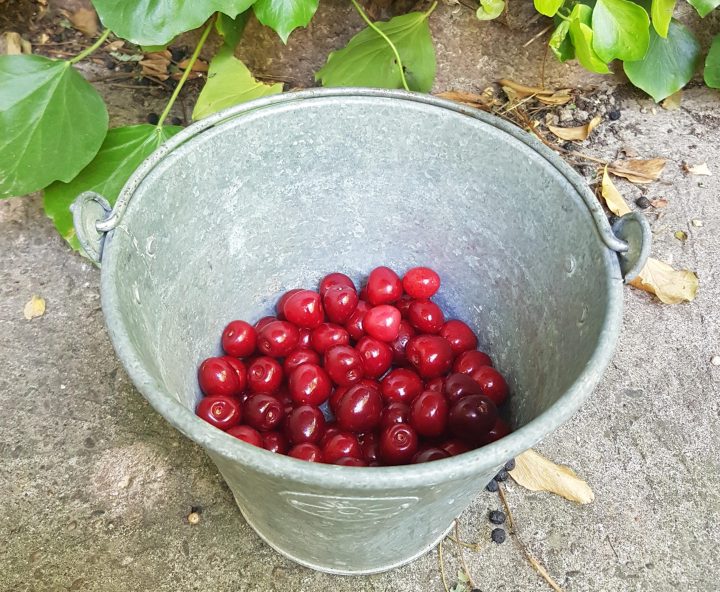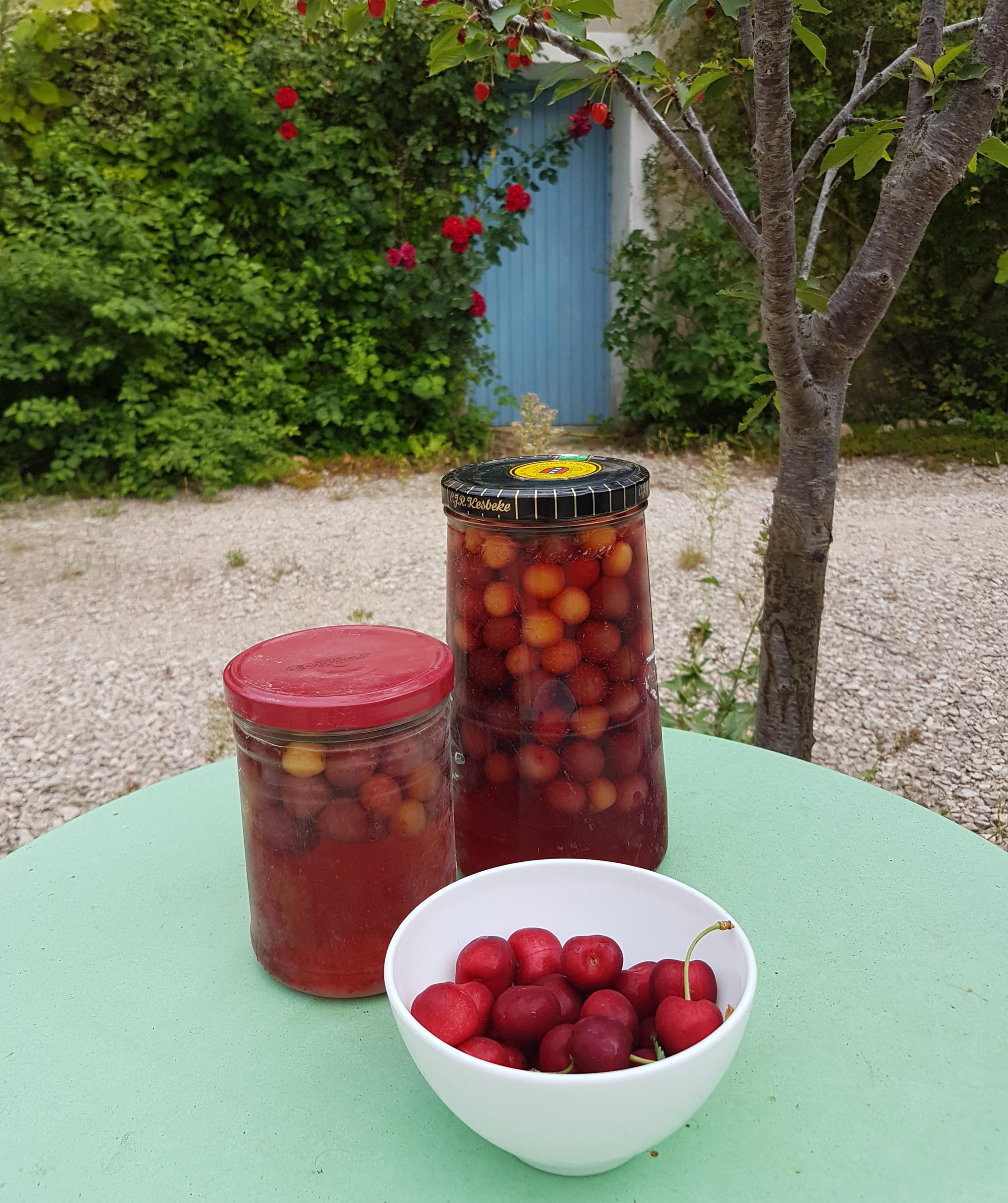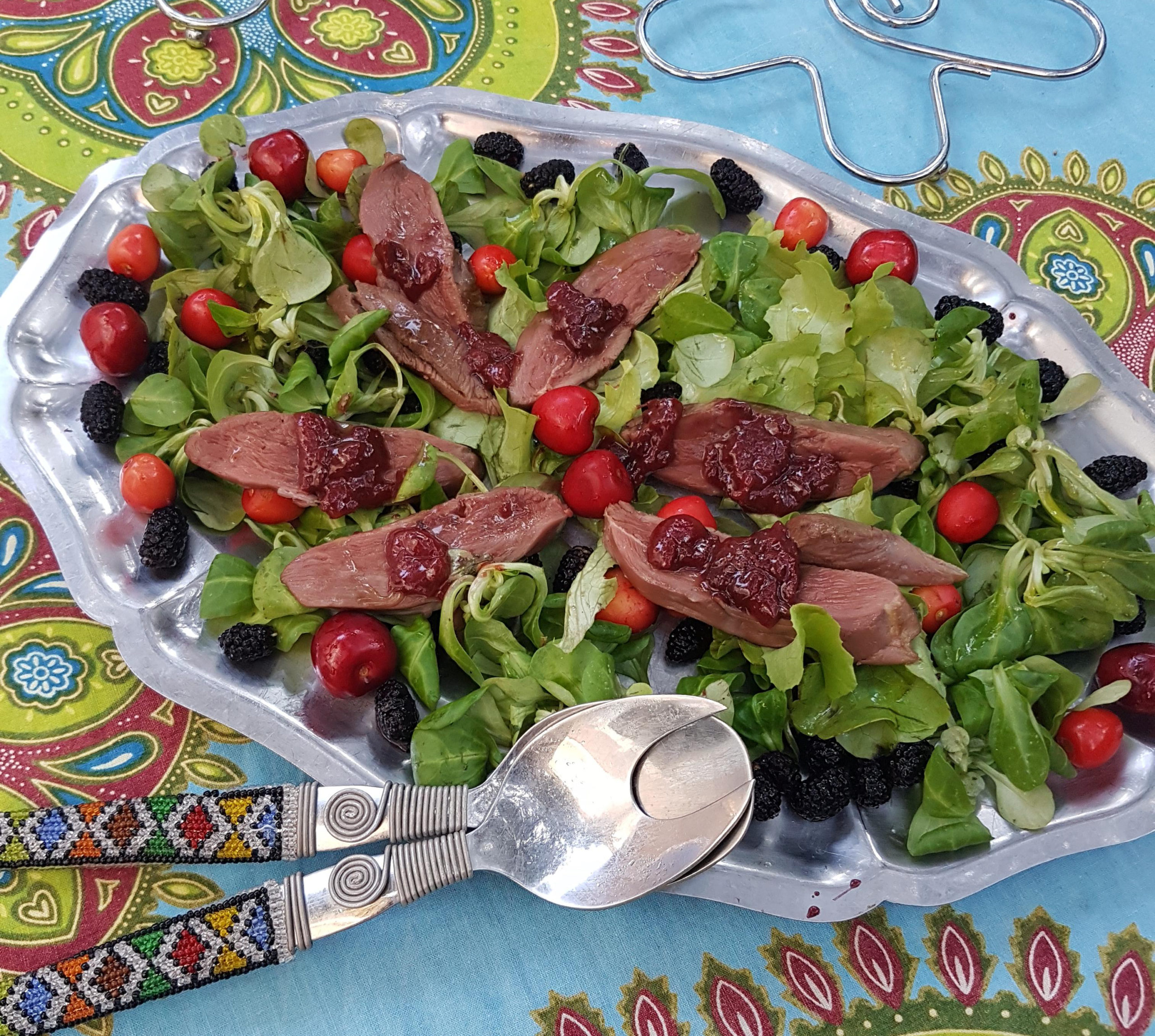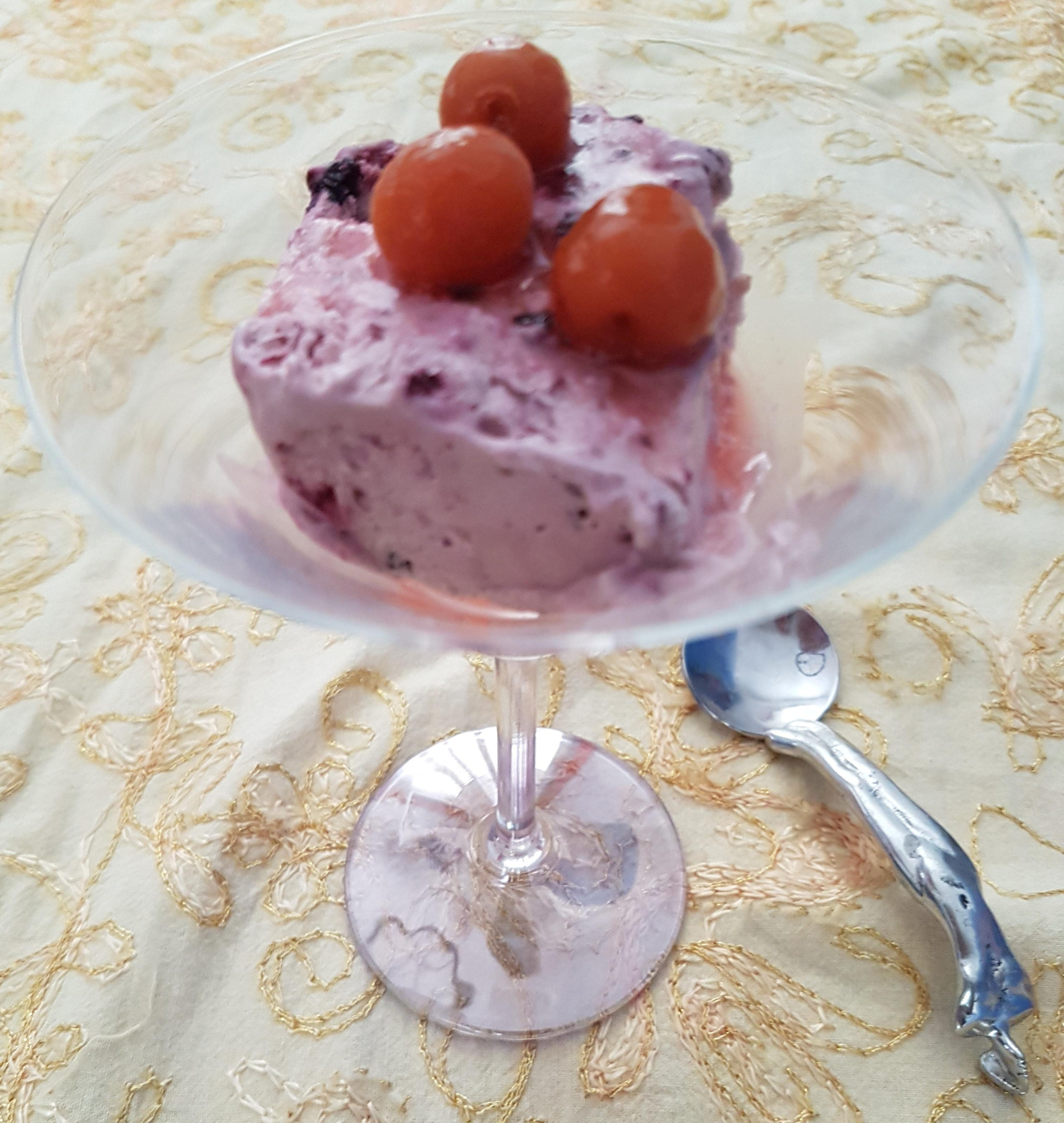FRENCH LETTER
Gleaning and foraging in French ‘confinement’

The stresses of lockdown in France have me rediscovering ancient ways of feeding myself and my family.
This is the first edition of a new monthly letter by Marita van der Vyver from her home in France
If I have to find a positive result of the Covid-19 restrictions in my personal life, it would probably be that I’m shopping less than ever before.
(We are trying to survive our second lockdown in France and I’m desperately clinging to positive thoughts to pull me through.)
Even grocery shopping has become so stressful – the permission forms we have to fill in each time we need to leave the house, the masks, the hand sanitisers, the dangers of being in close proximity to too many people – that I am rediscovering ancient ways of feeding myself and my family. Gleaning, foraging, finding free food in nature, making do with what we have in the pantry, swapping with neighbours. A basket of purple figs from someone’s overabundant fig tree for a bottle of wine from someone else’s vineyard.
The Gleaners is after all a famous French painting. Millet’s image of peasant women collecting stalks of wheat left on the land after the harvest was all I knew about gleaning when I first arrived in my adopted country. A picture from another age.

Jean-François Millet’s The Gleaners. (Public domain)
But one night in 2000 I watched Agnès Varda’s beautiful documentary film, Les glaneurs et la glaneuse (The Gleaners and I), quite by chance on a French TV channel. At that stage I had not watched any of Varda’s films, not even the seminal Sixties art movie, Cléo from 5 to 7, but this documentary made me fall in love with Varda and her work. I started looking differently at modern-day gleaners, people who gather leftover food, whether from need or by choice.
I realised I am also a gleaner, like Varda, of other people’s stories. Most writers, filmmakers, artists take what is wasted, not valued, not wanted, and turn it into food for thought.
I also became interested, in a more practical way, in the possibilities of finding free food in nature. I live in the countryside, in an environment where nature is often dishing out extras like a generous waitress. You just have to be on good terms with the waitress.
To my distress I turned out to have no talent for mushroom gathering. After the first autumn rains I would walk into a forest with neighbours who grew up around here, already dreaming of the delicious meals I would make with all these free mushrooms. Maybe I dreamt too much instead of looking closely enough, but after about an hour all the baskets would be bulging with a mouthwatering selection of mushrooms. Except mine, which would contain three scrawny mushrooms, two of them usually poisonous.
After a year or two I gave up. If I can’t find mushrooms, I told myself, at least I can find friends who can find mushrooms. That has been my strategy ever since. I don’t collect mushrooms, I collect mushroom collectors.
Fortunately most other kinds of free food are not as sneaky as mushrooms.
I have learnt to look out for food that can’t hide. Along my walking routes I can spot asparagus in spring, elderberry trees growing out of ancient ruins, long hedges of blackberries, lonely fig and quince and apple and mulberry trees, wild thyme and rosemary in summer, bright green nettles next to an abandoned fountain, dandelions in profusion. I have learnt to use these gifts of nature in salads and soups and stews, tarts and jams and chutneys, in side dishes with meat and main dishes without meat and, of course, in many different desserts.
Still, it remained an enjoyable pastime rather than a necessity. I would take a basket or a bag along whenever I went walking – just in case I found something edible along the way – but the purpose of the walk was always to get some exercise, not to collect food.
That is until Covid-19 changed our lives.
During the first lockdown that started in mid-March, I went walking every day to look for food. It was spring, nature was playing the generous waitress, and I would do anything to avoid masked shopping expeditions in crowded public spaces. I detested the permission form I had to fill out and sign each day, providing my exact departure time so that any police patrol could be sure I was not staying out for longer than an hour. Although it was hard to imagine police officers lurking in the vineyards and forests around our little village, I did my civic duty because I wanted to be rid of the pandemic and continue my normal life as soon as possible.
Now we’re in a second lockdown, barely six months after the first one, and I’m beginning to wonder what “normal life” will mean when this is all over.
I suspect foraging will remain part of my new normal.
In spring and summer it was delightfully easy. We fried elderberry flowers dunked in a tempura batter, using the same technique as for courgette flowers. Three old cherry trees in a vineyard behind our house gave us enough cherries to make various versions of the traditional cherry dessert called clafoutis, to mix with other red fruit on beds of salad leaves, to cook with duck or to scatter over cold slices of duck (see footnote). (Cherries and duck go together like a horse and carriage.) What we couldn’t eat fresh, we froze or preserved in a sugary syrup. Now that winter is drawing near, we open a jar of those preserved cherries and we taste the sun and we tell ourselves this too shall pass. Nothing can last forever, not even Covid-19.

Our preserved cherries. (Photo: Marita van der Vyver)
After the cherry season we collected mulberries, blackberries, peaches from a deserted orchard, figs and apples and quinces from a few wild trees, mushrooms (from friends who had found them), and we managed to eat very well through most of this annus horribilis.

Cherry and mulberry salad with cold slices of duck. (Photo: Marta van der Vyver)
But in this second confinement, as the French call it, foraging has become a much greater challenge, because winter is creeping closer and nature is shutting down and our generous waitress is apparently on strike. In short, we have to make do with what we have, rather than rushing out to get more, more, more. And we are very grateful for all those jams and preserves and chutneys we made in summer, because they might just pull us through the second wave of the pandemic.
Yet, precisely because free food is becoming scarcer by the day, we appreciate it so much more when we do find something. Last week we discovered two quinces left in a tree (enough for a fragrant Moroccan tagine with chicken and honey; see footnote for where to find the recipe) and a few bunches of small black grapes forgotten in a vineyard after the harvest. We scattered the grapes in a green salad with fried goat’s milk cheese. Usually we make this salad with figs, because the thin slices of crumbed goat’s milk cheese taste so much better with something sweet. We were delighted to find that sweet grapes work just as well.
This is what I mean with making do with what we have.
As I’m writing these words, I’m looking at two olive trees in our front yard, their branches hanging heavy with green olives, which reminds me that next week we’ll start the long, slow process of preparing and preserving them, so that we’ll have olives ready to eat for many months to come. Last winter we were too lazy to do this – we simply went to the morning market to buy olives – but this year everything is different.

Mulberry and cherry parfait. (Photo: Marita Van der Vyver)
I really hope that the confinement will be over by Christmas. But even if it is, I can’t imagine storming the shops to buy far too much food for the festive season, as we’ve always done. I really hope we’ve become used to more imaginative ways of finding food.
And in the worst-case scenario of a lockdown Christmas, well, we still have many gleaming jars of glazed cherries from our spring foraging. We can have duck with cherry confit for our Christmas meal, we can drink a toast with cherry liqueur, and we can decorate the traditional French bûche de Noël (an ice cream dessert in the shape of a log) with cherries.
Life might not be a bowl of cherries at the moment, but you know the saying: If life hands you cherries… DM/TGIFood
The recipe for red fruit and duck salad can be found on page 44 of Summer Food in Provence, and the recipe for the Moroccan tagine of chicken and quince on page 70 of Winter Food in Provence, both books published by Tafelberg.






 Become an Insider
Become an Insider
Lovely article. So looking forward to your regular inputs.
Elle
What a treat to be reading Marita regularly. Welcome Marita!
Lovely article, thank you. Makes me want to visit France again .
Sobering to read how the writer is having to deal with lockdown in France all these months later. That parfait, the fig dish and those cherries: simply beautiful.